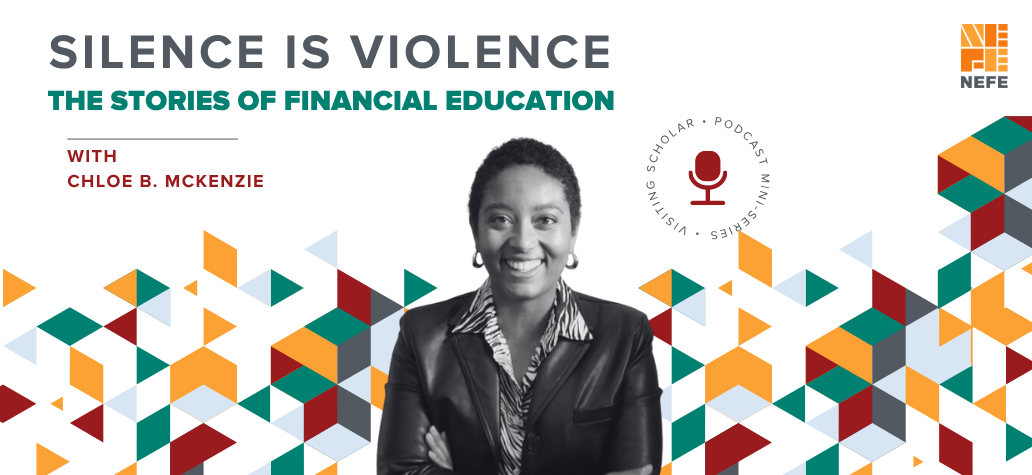DENVER — Over the past couple of years several news organizations have attributed a statistic to the National Endowment for Financial Education (NEFE) stating that 70 percent of lottery winners end up bankrupt in just a few years after receiving a large financial windfall. This statistic is not backed by research from NEFE, nor can it be confirmed by the organization. Frequent reporting—without validation from NEFE—has allowed this “stat” to survive online in perpetuity.
In 2001, NEFE conducted a think tank of experts from several industries including psychology, financial planning and other fields, to discuss life-changing events and the psychology around them. One topic discussed was the impact of financial windfalls on individuals, where it is believed that a participant stated the 70 percent statistic. This statement was made independently and without verification from NEFE.
While NEFE cannot provide a statistic regarding financial windfalls and bankruptcy at this time, there is a wealth of research-based financial data available in our research center.
Visit our Press Room for timely and unique story ideas, surveys and the latest on NEFE’s financial research projects.


